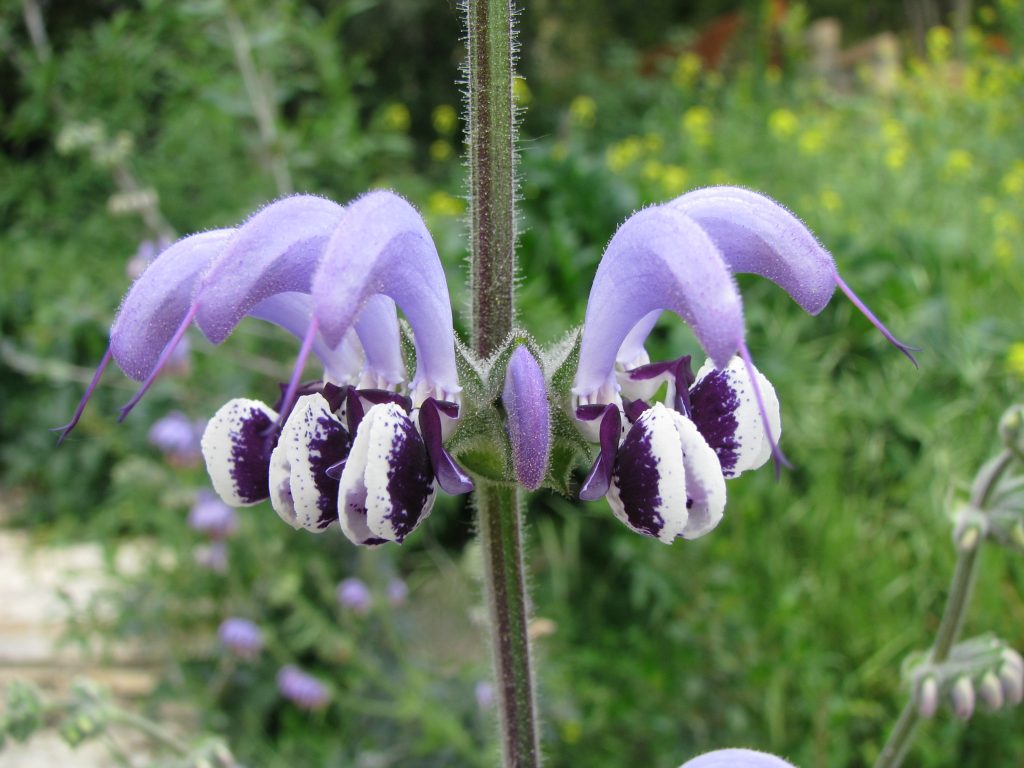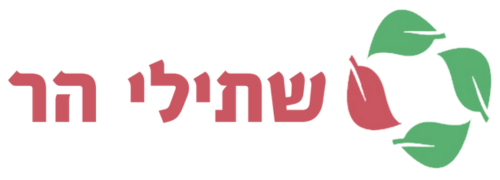
Salvia indica – Blue Sage
Family: Lamiacea | Origin: Eastern Mediterranean and Western Asia
When we say sage in a nursery, we usually mean Salvia officinalis or Hot Lips Sage.
;We normally don't think about our beautiful and quite rare wild sage - blue sage
This sage grows mainly in the mountainous regions of Israel, but in the Judean Mountains it is extremely rare and also not common in the Galilee and the Golan.
Travelers in these areas in April and May that encounter it, admire the large flower clusters that combine purple and brown on tall flowering stems, which sometimes rise to a height of a meter or more.
Despite its rarity in nature, blue sage has proven to be easy to grow: all that needs to be done is to sow or plant it in the fall or winter in partial or full sun and water it as a supplement to the rains.

You can watch the plant develop a rosette of large, hairy grey leaves and then, starting in the second year, enjoy an abundance of blooms in spring.
The plant dries out every summer and returns in the winter for about 3-4 years, but it reproduces easily from seeds and thus one can have a small pach of blue sages.
Like all salvias, it attracts wild bees and can be incorporated into the wild garden or even an irrigated garden with excellent drainage conditions.
Suitable for rockeries, behind shrubs, under deciduous shrubs and even in the partial shade of trees.
Winter is the perfect season for planting wild sages and young plants are normally available with us in the winter months.
:We also wrote about
לחצו כאן לקריאה על מרווה כחולה בעברית

